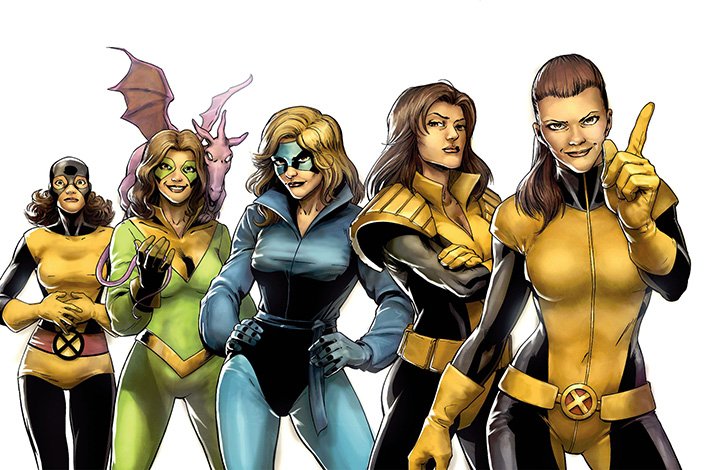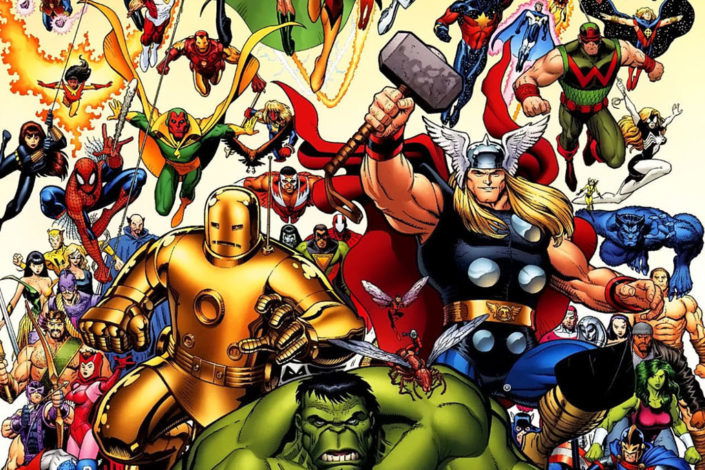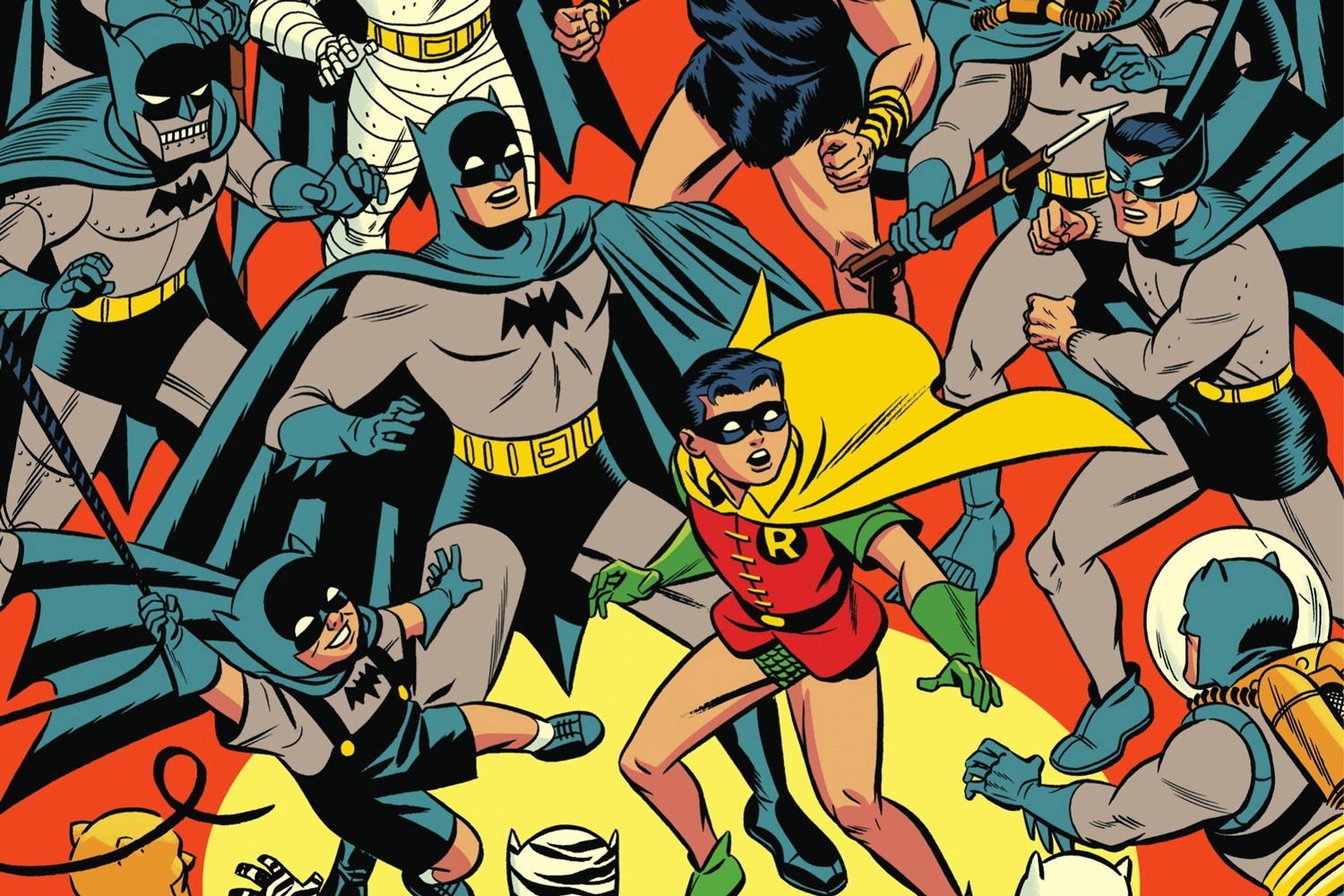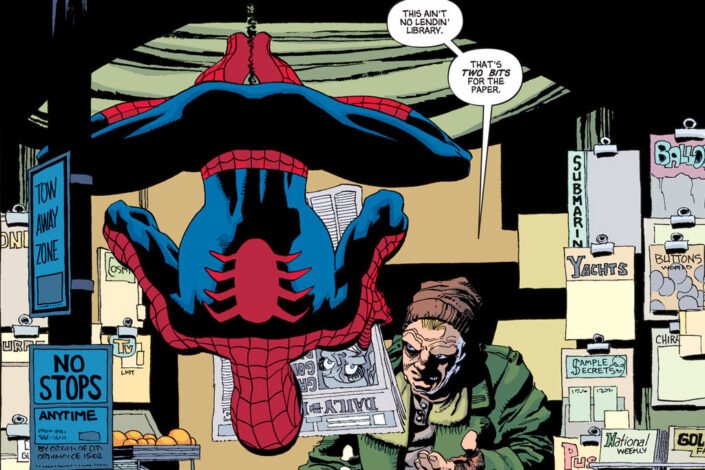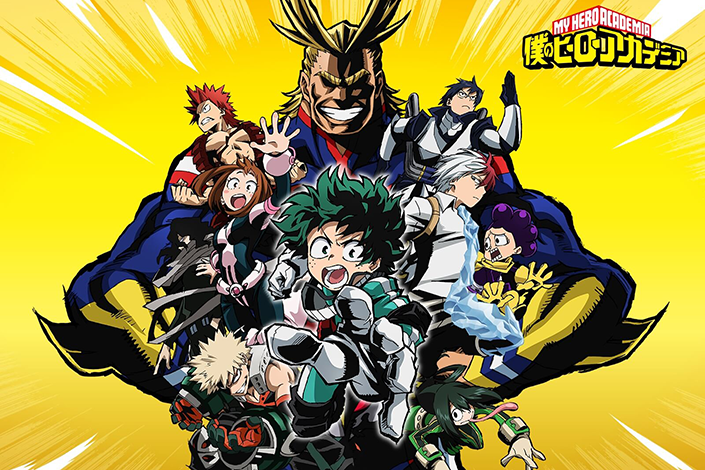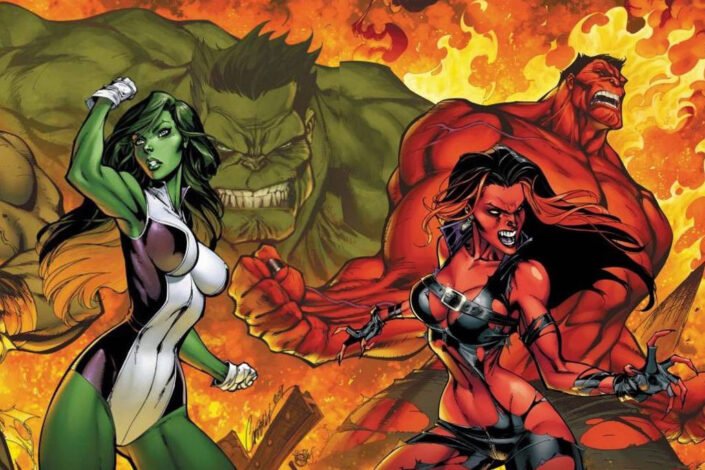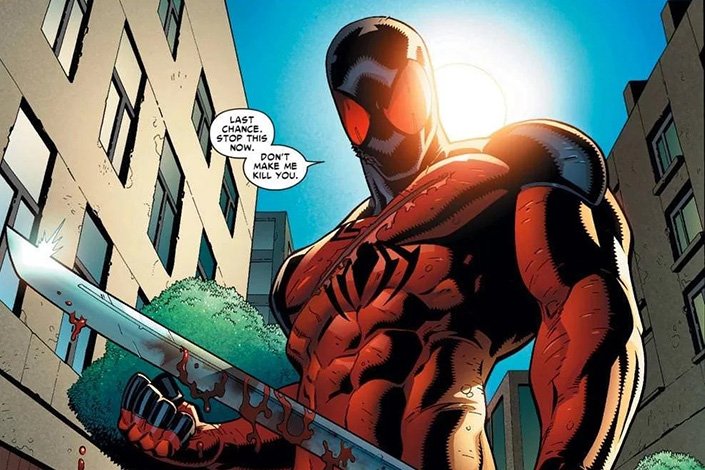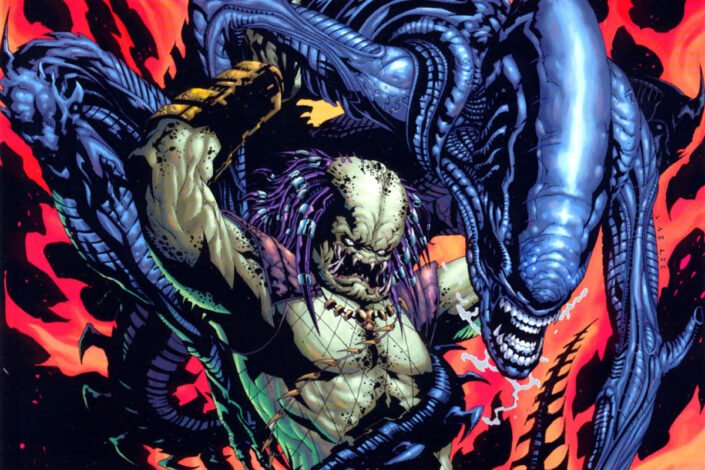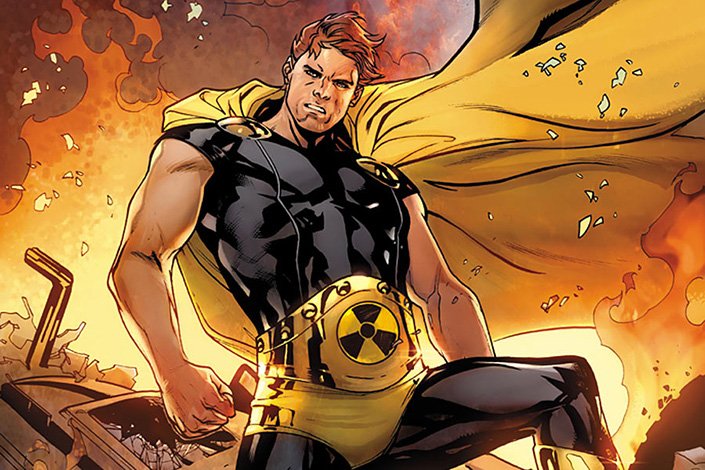Batman Family: An Introduction to the Members of the Gotham Knights

As one of the most iconic DC superheroes, Batman has the reputation of being a loner. The Cape Crusader has unraveled many mysteries, solved many crimes, and confronted Gotham’s villains by himself on countless occasions. But he also did the same many times over with fellow superheroes such as Superman and Wonder Woman and many more with his found family that readers affectionately called The Bat Family.
What is the Bat Family, you ask? You may have noticed that there are a whole lot of crimefighters in Gotham City to resolve cases and stop criminals. Those vigilantes, whether trained by The Dark Knight himself or operating in Gotham with his implicit approval, are generally Batman’s closest allies, constituting The Bat Family.
Referred to at times as the Gotham Knights, the Bat Family is an informal name, and there is no official first appearance although we could argue that the earliest appearance would be with the introduction of Robin in Detective Comics #38 (April 1940).
Follow the guide as we introduce you to the members of one of the most important families of the DC Universe!
Read More »Batman Family: An Introduction to the Members of the Gotham Knights
